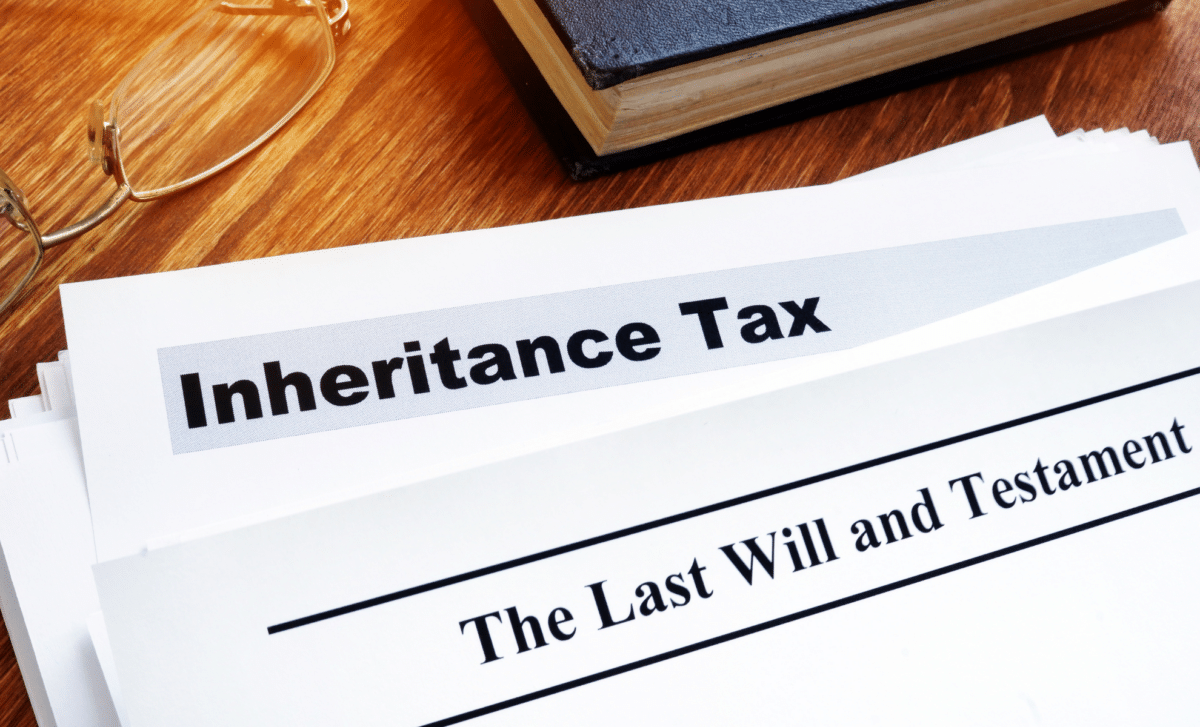Thousands of UK homeowners and middle-income families are bracing for higher inheritance tax (IHT) bills following significant changes announced in the Budget. The government has frozen tax-free thresholds, such as the £325,000 nil-rate band and the £175,000 residence nil-rate band, until at least 2029-30, and plans to include pensions in taxable estates by 2027.
These reforms are expected to pull many more estates into the IHT bracket, significantly increasing tax liabilities. Homeowners, particularly those in high-value areas like London and the South East, are among the groups most affected, with critics highlighting the growing inequities these changes may exacerbate.
Higher Tax Liabilities Loom for Homeowners
The freezing of tax-free thresholds, including the £325,000 nil-rate band and the £175,000 residence nil-rate band, until at least 2029-30 is one of the most significant components of the new IHT rules. These measures are expected to pull thousands more estates into the IHT bracket. Combined with the inclusion of pensions in taxable estates, the changes could lead to staggering tax bills for many families.
For example, under the reforms, a homeowner with an average property worth £308,782 and a pension valued at £459,000 would face an inheritance tax bill of £107,000. According to The Telegraph, this amounts to a significant financial blow for those with estates previously protected by existing exemptions.
Single homeowners and those without direct descendants are particularly vulnerable to these changes. While the £175,000 residence nil-rate band allows property to be passed on to children or grandchildren tax-free, it does not apply to estates left to siblings, nieces, or nephews. This means single individuals with no children are left with only the standard £325,000 allowance, subjecting a larger portion of their assets to the 40% inheritance tax rate.
Regional Disparities Deepen the Divide
The reforms are expected to disproportionately impact homeowners in areas with high property values, such as London and the South East, creating what experts describe as a “postcode lottery.” For instance, a single homeowner in London with a property valued at £525,586 and modest pension savings could see an inheritance tax bill of over £194,000—a dramatic increase compared to current thresholds.
In contrast, regions with lower average house prices will see less severe increases. For example, homeowners in Northern Ireland, where the average property value is significantly lower, might face an inheritance tax bill of around £59,821 under the new rules. Similar estates in Scotland and Wales would see bills of £62,818 and £70,300, respectively.
Roddy Munro, a tax expert at Quilter, emphasized the disparities, stating, ““The double whammy of a frozen nil-rate band and the inclusion of pensions in your estate means many more people with average-priced properties and modest pension wealth will become liable for a tax originally intended for the very wealthy.”
Farming and Pension Wealth Face Additional Pressure
The inclusion of pensions in taxable estates represents a major shift in the inheritance tax landscape. By 2027, pensions will be brought into the IHT net, significantly increasing liabilities for estates valued above the current nil-rate bands. The move is expected to impact individuals who had previously relied on pensions as a way to shield assets from tax.
Farmers and agricultural families are also likely to be affected by the new rules. Under the updated system, inherited agricultural assets valued at over £1 million will face a 20% tax, a change that has already sparked concerns within farming communities. Many argue that these measures could force families to sell off land to meet tax obligations, undermining the viability of long-term agricultural operations.









